 2009 Gift Guide
2009 Gift Guide
Since you asked me for the information, here you go!
Looking for something for that little (or big) astronomer in your life? Well, if you need a little help, or feel a like the possibilities are too infinite, I’ve gathered together some of my suggestions here. You should note: you know your friends and family best so ignore my age recommendations if you like. You should note, some of this sounds like I’m just advertising what we have to offer here at Pacific Science Center. Yes, I have a vested interest in Pacific Science Center doing well, but I promise this guide includes only gifts I would actually recommend or purchase myself for my own friends.
*A number of these ideas are available at the Pacific Science Center Store. Some are online, others are not. To find the items online go to pacificsciencecenter.org and click on the store link.
First Things First
*Solar System Cards – I have to point these out, since I made them. Appropriate for many ages from beginning readers to adults, this is a full-color glossy deck of 44 objects within our solar system, and is a great way to figure out on your own why Pluto is now a “dwarf” planet. The deck is ideal for doing creative card sorts, laying out distance models, inventing games, or simply flipping through. This is not a deck of playing cards, and comes with minimal suggestions in order to inspire creative use. The cards are available exclusively through Pacific Science Center’s store. To find them on the web go to pacificsciencecenter.org, click on the store link, and search for “Solar System.” (By the way, educators, this is your last chance to get these, we won’t be doing another run!)
Membership to your local science museum or planetarium – a whole year of hands-on science exploration! This gift is perfect for a wide range of ages. Obviously, Pacific Science Center offers gift memberships starting as low as $45 – check out pacificsciencecenter.org/membership for details. Remember, a membership here gets you in to all museums participating in the Association of Science and Technology Centers Passport Program (over 290 museums!).
Books & Magazines
*Eyewitness Companions: Astronomy by Ian Ridpath, ISBN 978-0756617332 – This is a new publication of Smithsonian Handbooks: Stars and Planets by the same author. Man, this book is great. Easy to use as a reference, fun to flip through just for the fun of it, and a decent read cover-to-cover if you don’t need a narrative to take you from page to page. This is my number one recommended book whenever anyone asks me “What should I get to learn about…?” I recommend it for kids AND adults.
*The Complete Book of Our Solar System by School Specialty Publishing, ISBN 978-157768605 – I have only flipped through this book, but it is a paper-activity style book with mazes, word searches, etc. I had some of these types of books when I was little and there was always something interesting to do in them. Grades 1-3.
*Explore the Solar System! 25 Great Projects, Activities, Experiments by Anita Yasuda, ISBN 978-1934670361 – Once again, this is the first I’ve seen of good astronomy activity books so I haven’t gotten a chance to fully read through them. This one is more projects and experiments – which I find really exciting. Kids will probably need more help executing the activities in this book because they’ll need help gathering supplies, but it should be rewarding none-the-less. Ages 7-0.
Sky and Telescope Magazine – Sky and Telescope is focused more on actual stargazing and observing tools and tips. This is the magazine I subscribe to. I recommend it for high school reading level and above.
Astronomy Magazine – Astronomy is slightly more directed towards new discoveries, current research, and the physics-y side of astronomy, though it does have a good section on what’s up in the current sky. I recommend this for an adult reading level and above.
Equipment
Binoculars – Binoculars are always a better place to start than a telescope. The Meade Travelview 7×50s are a good option, though anything made by a company you’ve heard of should work well. I strongly recommend a tripod as well, though you’ll need to buy or make an adapter to get the binoculars to sit on the tripod. I recommend binoculars for ages 6 through adult.
Telescopes – Please read “What Telescope Should I Buy?”
*Planisphere – A planisphere is a starmap that is good all year round. If you’re buying one for someone who lives in another city, make sure you get one that is good for their latitude. Since it takes some concentration to learn how to use and read a planisphere, I recommend these for middle school and above. I also recommend taking it to your local planetarium and having the teacher show you how to use it.
Toys
*EarthBall (Inflatable) – I find this satellite-image based beach-ball/globe delightful. Of course, that may be because I like playing with the planets. There is something just intrinsically fun about a beach ball, and there is something just … beautiful about satellite images of our planet from space. I’m sure this says ages 3 and up since it is made of plastic and could become a choking hazard somehow, but other than that I don’t see why any age wouldn’t love this.
*Glow-in-the-Dark Stars – The little ones are best, because you can make a whole galaxy or lots of constellations in your bedroom (for people who wear glasses, like me you might want to go with bigger stars.) I have also always found the planets somewhat boring as they’re not to scale. As an added bonus, include a starmap or planisphere to help create the real constellations or the sky on a specific night. (Ages 3+ because of small parts)
*Space Shuttle Toy – One of my favorite toys when I was about four was a set including the Space Shuttle, a NASA truck, and a trailer for the Shuttle. The one we have like this at Pacific Science Center is called the “Space Shuttle Backpack Playset.” It is important to note when buying toy space shuttles – the cargo bay doors must be open and closeable – preferably with room to store something inside. At least, that was what mattered to me when I was four. People that can sit in the seats and be moved around are an added bonus. People that aren’t to scale and don’t fit in the seats are frustrating. (Ages 3+ because of small parts)
*Posters – Any beautiful astronomy poster. Hubble images are great, pictures of the whole galaxy are great. Really, if you think it is pretty and it’s a photo, it is hard to go wrong here. Posters full of little bits of information are great for the detail-studiers in your family (the ones who can always find Waldo).
“Desk” or “Grown-Up” Gifts
*50-Year Calendar/Paperweight – Sometimes called a perpetual calendar, you just spin the metal disks on this paperweight to the current year and month, and the days of the month are displayed below. Ingenious!
Earth Marble – your very own “blue marble.” There is also a collection of paperweights made by Glass Eye Studio that are very beautiful and should impress any lover of astronomy.
StarWalk – An app for the iPhone, in support of the International Year of Astronomy. This starmap app is beautiful and very well put together. It has the basic information you might want while out observing, and not so much as to be overwhelming. For users of other systems I recommend PocketStars (not as pretty, but just as useful) for Windows Mobile, and Google Sky Map (not to be confused with Google Sky) for Android.
Planisphere Watch – totally astronomy-geeky and perhaps not that useful, but this watch doubles as a planisphere.
Gifts I Recommend Against
Home Planetariums and Star Projectors – Home planetariums are cute for about an hour, but they aren’t very accurate, tend not to move appropriately, and don’t project well on a square room. Also, the constellations can be difficult to identify because the stars are all the same size.
Solar System Mobiles – I have yet to see one that’s really well made, so usually they look shoddy, and aren’t to scale in either size or distance. They couldn’t be to scale in both – but I’d like to see one that’s to scale in at least one way.
Buy/Name a Star – Unfortunately the organizations selling stars are not authorized to sell those stars, and the stars sold are often very dim and hard to find (though if you bring your map by Pacific Science Center we’ll do our best to help you out). If you’d really like to give a star, do this instead: look through a starmap and pick a bright one that’s easy to find. Make a pretty card and map of it and share this with your loved one. Together you can learn to find it, and it can be your star. You can watch for it to show up every year.
Automatic Constellation Identifiers – I’ve only used a few, and I’ve found them lacking or inaccurate. It’s more rewarding to spend the time learning to read a starmap or a planisphere and identify the constellations on your own. My thought is that the automatic constellation identifiers will end up in the “gadget” drawer, never to be used again.
Telescopes – Most telescopes that you are tempted to buy as gifts are very difficult to use, do not have good optics, and lead to more frustration than discovery. Telescopes too often end up in the closet. You can buy decent telescopes at a decent price – you just won’t see them in gift stores because they don’t “look right.” Please read “What Telescope Should I Buy?” before purchasing a telescope.
![]()
~ A l i c e !

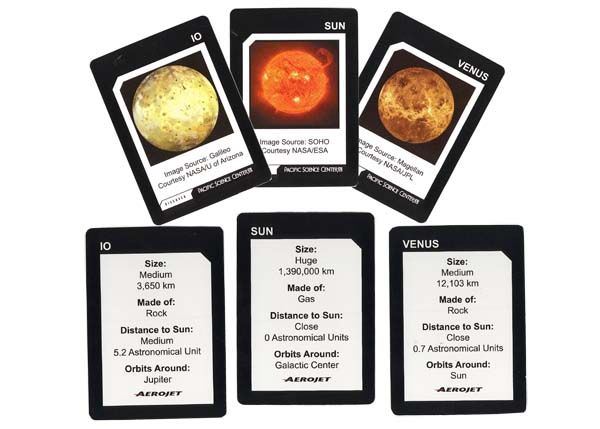

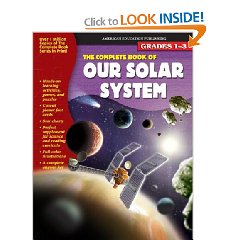
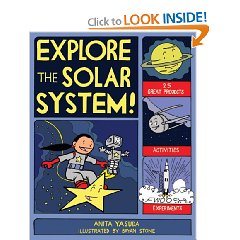
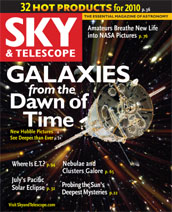
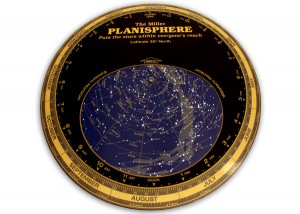
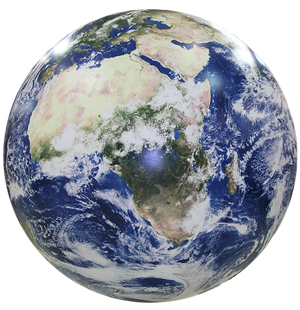
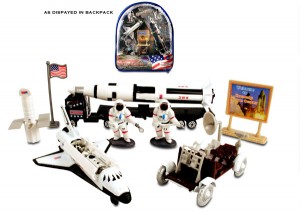
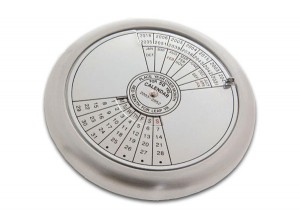





The Celestron Sky Scout gadget is actually pretty nice. It relies on GPS to figure out what you are pointing it at, and in my limited time using it, I’ve never had it lie to me.
On the other hand, I agree that using skycharts is so much more rewarding after you know a little of the night sky.
Working to achieve a goal is always better than buying a gadget to cheat for you.
Still, I’d recommend the Sky Scout for certain people. There are the folks who always like to know more star names than you can possibly fit on a normal sized star chart. I know several girls like this (girls are such overachievers!) and they like the Sky Scout.
There are also those who are somewhat new to the night sky and need some help figuring out what “that star” is so they can orient their star charts appropriately.
If any of my friends read this, buy me subscriptions to both Sky & Telescope and Astronomy!
Very cool, thanks!